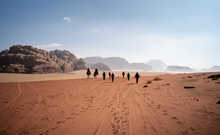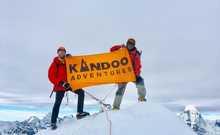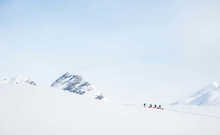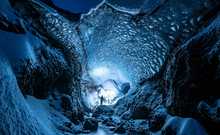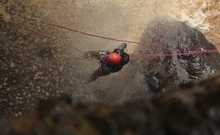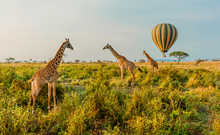Everest in the news
How long does it take to climb Everest?
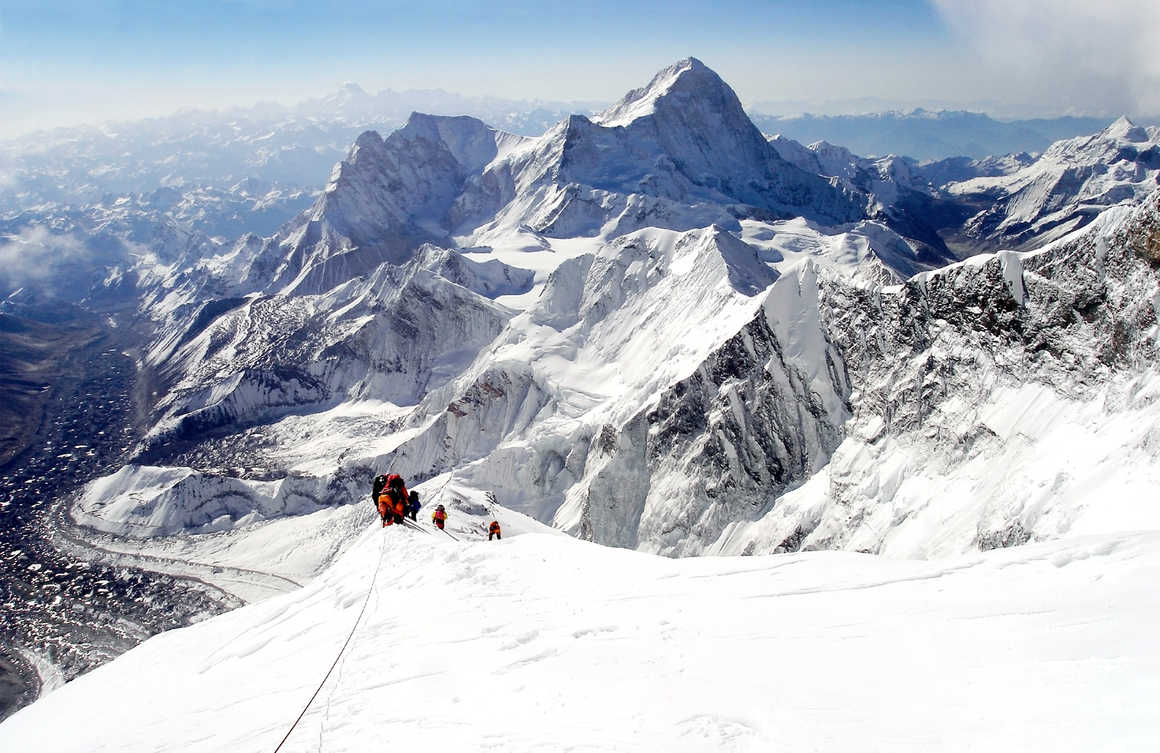
Why do people climb Mount Everest?
More and more people are climbing Mount Everest than ever
before and the toll this is taking on the mountain is undeniable. Civilians,
those without mountaineering experience, are also setting their sights on this
ultimate adventure and summiting the tallest mountain in the world is safer and
more accessible than ever, provided you have the financial means.
Find out how much it costs to climb Everest in our
blog.
How is this recent expedition different?
How?!
This record-breaking summit trip was organised by Furtenbach
Adventures, an expedition company founded by Austrian mountaineer and
entrepreneur Lukas Furtenbach. Since its founding in 2002, Furtenbach has been experimenting
with technology to streamline mountaineering expeditions. In 2016, they began
applying these advancements to their first commercial Everest climbs. Let’s
take a closer look at some of the strategies adopted by this epic fundraising
mission to fuel their success.
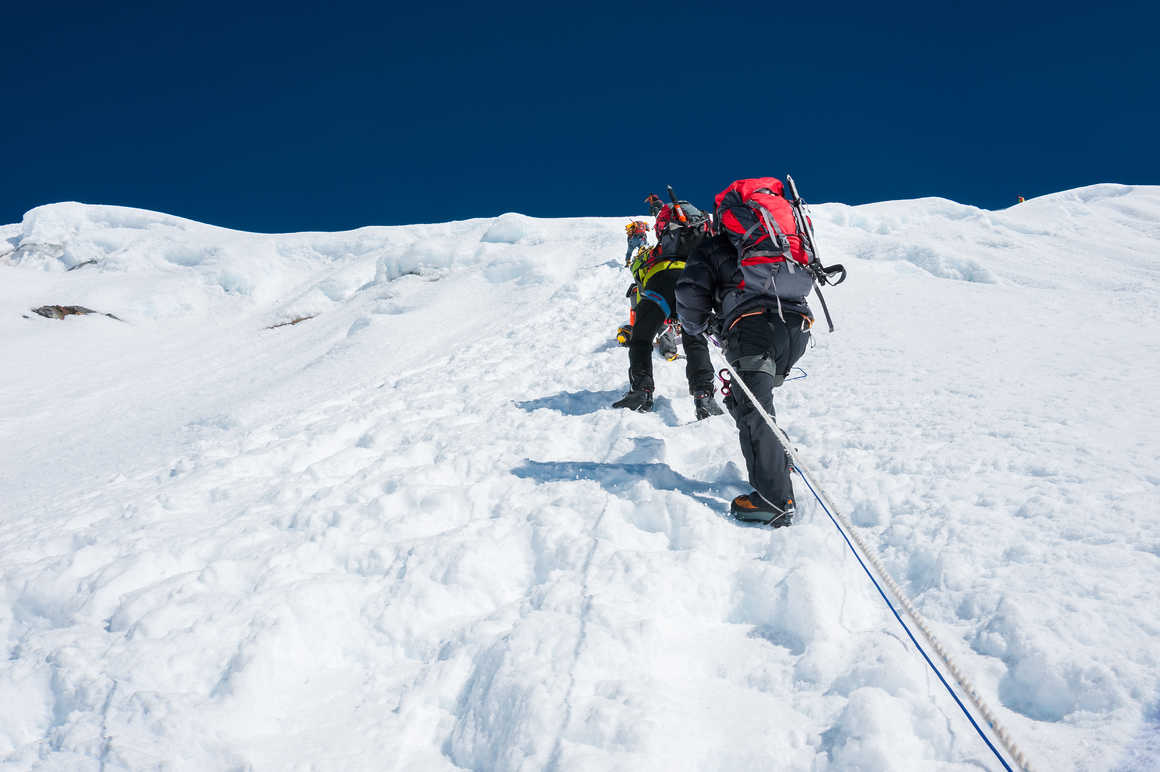
Technological advancements
Pre-acclimatisation
In the early 2000s, hypoxic training took a step forward as
commercial altitude simulation systems became available to the public. Hypoxic
workouts involve cardio training in low-oxygen environments, gradually
conditioning the heart and lungs to handle increased respiration and elevated
heart rates at high altitudes where oxygen levels are lower. Used mainly by
endurance athletes, the military and elite mountaineers, this kind of
pre-acclimatisation was essential to the success of The Mission: Everest. The team
trained in oxygen masks that replicated the oxygen levels of 5,000m+ altitudes,
whilst having their VO2 max monitored.
Between 8-10 weeks prior to their expedition, the team also began
sleeping in hypoxic tents. These tents sit over your head, neck and upper torso
while you sleep that are hooked up to a generator that maintains a low level of
oxygen within the tent. This passive exposure to reduced oxygen concentrations
is a key part of the preparation required for the shorter Everest expeditions
Furtenbach Adventures offer. In this specific instance, each member of the team
clocked up over 500 hours in their hypoxic tents.
Hypoxic training boosts the body’s ability to carry oxygen
and enhances mitochondrial efficiency, helping to produce energy under physical
stress. For mountaineers, this means less time needed for acclimatisation on
the mountain and a reduced risk of acute mountain sickness.
Mountaineering Gear
This recent mission was made possible by extreme conditions
clothing from ThruDark – each team member wore a bespoke Ultimate Summit Suit. The
suits featured Pertex, a lightweight, durable, breathable fabric, plus Dyneema®
a fibre stronger than steel but super lightweight. Designed with a strategic
blend of goose down and PrimaLoft insulation, along with underarm and leg
vents, the suits offered both warmth and breathability - ideal for preventing
overheating during the day while keeping trekkers warm and dry in snow and ice.
Weighing less than 1.5kg per suit, this attire delivered high thermal
efficiency with low bulk and plenty of protection.
RECCO® technology, a passive rescue system used by mountain
rescue teams, was built into the hood and leg of the suit, meaning that if they
were to fall victim to an avalanche, one end would likely be pointing upwards
and could be tracked using RECCO® receivers.
Furthermore, the suits were ergonomically designed with
helmet hoods, glove attachments, ergonomic pockets, military grade materials
and dual zippers for easy access into and out their outerwear.
It is safe to say that the comfort, warmth and protection
offered by mountaineering suits such as these will inevitably improve the
experience on the mountain for those wearing them. Being able to trek in
adverse conditions means faster movement en route, highlighting the importance
of more than adequate gear to produce quicker climbing results.
Wearables
Supplemental oxygen
Edmund Hillary and Tenzing Norgay used supplemental
oxygen on the first successful summit of Everest. Kristin Harila also
used supplemental oxygen when she conquered the highest 14 summits in the
world in just 14 days. Bottled oxygen has long been used when climbing
Mount Everest as well as other high altitude peaks around the globe. This
mission was no different – all four members used supplemental oxygen when
climbing Everest.
Xenon gas
Furtenbach himself has been using xenon gas since 2018 when
Dr Fries of the clinic at St Vincenz reached out to him to discuss the benefits
of the gas on pre-acclimatisation. Though there is much debate on the
effectiveness of xenon gas, Furtenbach took an experimental dose before
summiting Aconcagua in 2020 and reported that his oxygen levels post-summit
were better than fully acclimatised local guides.
This experience highlighted the effectiveness of xenon in
enhancing acclimatisation before setting foot on the mountain, according to
Furtenbach. He also reported feeling strong throughout the expedition.
Xenon gas is a rare and expensive noble gas present in the
Earth’s atmosphere that is extracted as a by-product of large scale oxygen and
nitrogen production. It has anaesthetic properties that can cause dizziness,
lethargy, and sedation. This raises significant concerns about its use in
high-risk situations such as mountaineering expeditions, where impaired
judgment could jeopardise safety.
The inhalation of xenon gas two weeks before climbing
Everest was intended to give enough time to overcome any side effects whilst
allowing maximum effect. Xenon gas triggers a temporary spike in
erythropoietin, or EPO, which is a hormone that stimulates the production of
red blood cells that carry oxygen throughout the body. The principle behind
taking xenon gas is to boost the oxygen carrying capabilities of red blood
cells which is especially beneficial in high altitude environments where oxygen
levels are lower.
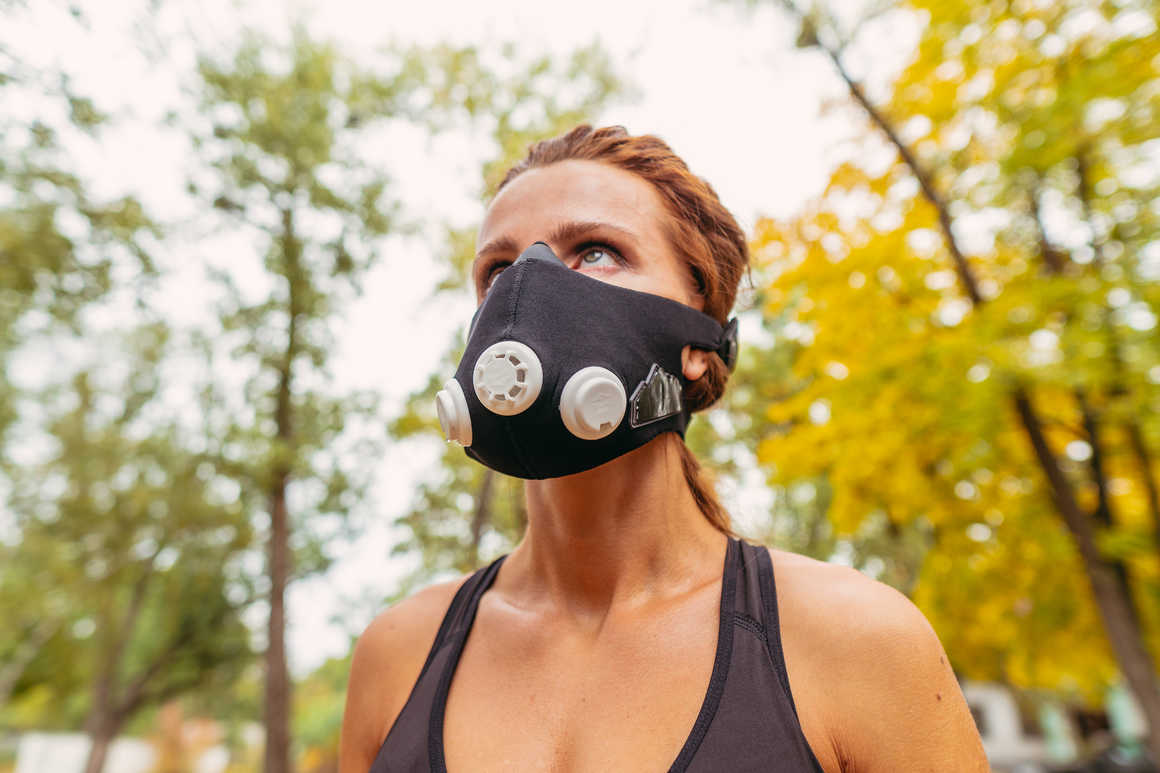
The results
The role of technology in mountaineering
Is it therefore a huge leap to adopt more advanced
technology to push boundaries further?
Whether pre-acclimatised or not, wearing the latest gear or
not, conquering summits still takes training, preparation and the right
mindset. Using tech to help train your body and protect it whilst you trek
won’t facilitate a successful climb if you haven’t prepared adequately
beforehand. What it might do, is save time and expose your body to optimal
training conditions giving you the best fighting chance of success.
Using this kind of technology will not make the distances
any shorter, the conditions less challenging, the route easier or the altitude
any less debilitating. However, oxygen will help you breathe at higher altitudes
and a specially designed suit will help you maintain a safe body temperature in
fast-changing conditions. Exposing your body to lower oxygen levels in advance
might well help you cope with thinner air on the mountain, and training your
body to exert itself with less oxygen will probably improve your cardiovascular
capabilities in preparation for your climb.
The ethics of progress
Pioneers such as Furtenbach will say that less time on the
mountain results in less waste, better success rates and appeals to more people
that might otherwise not have the time to spare. A significant benefit of The
Mission: Everest was that less time spent on the mountain resulted in less
negative impact on the delicate ecosystem here. Arguably, this could be a more
sustainable way to climb Everest in the future.
The Nepali Mountaineering Association are conducting an
enquiry into the safety of this 5 day mission. Concerns from Nepal include the
effects shorter expeditions will have on local employment as well as how this
might affect congestion on the mountain. Ultimately, ensuring that mountaineers
are medically sound to make life-threatening decisions whilst at on the
mountain is a key responsibility for this overseeing body.
n light of this super speedy ascent, opinions are surfacing
from all sides - and with the autumn climbing season approaching, the
conversation is only likely to grow. As the ethical debate continues, the
overriding question is, just because we can do something, does that mean we
should? We’ll let you mull that one over.
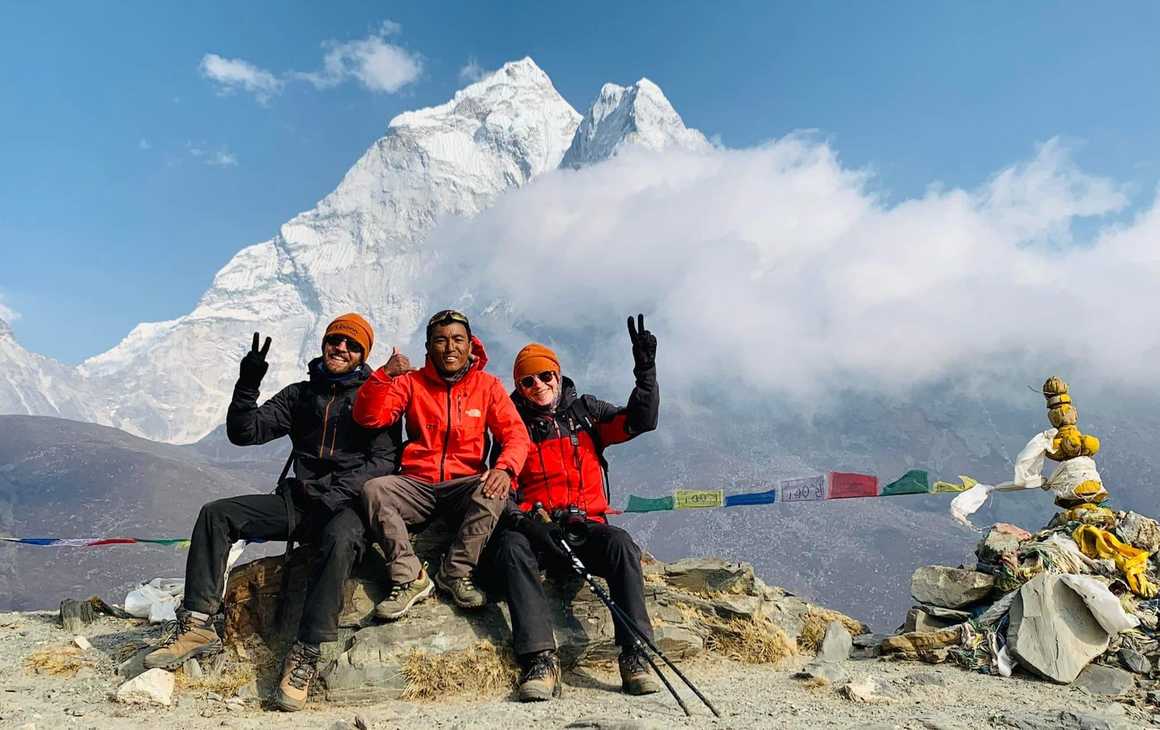
Visiting Everest with Kandoo Adventures
We merely employ experienced, knowledgeable local guides,
porters and sherpas and have stringent safety measures in place that monitor
the health of all our clients during their time with us. We choose itineraries
that are tried and tested, with proven success rates and work hard to make our
Everest Base Camp trips fun, educational and memorable.
Our trips take a little longer than 5 days, but we believe
that acclimatisation in the mountains is way more exciting than sleeping with a
tent over your head. For trips to Everest Base Camp that produce lifelong
memories filled with unforgettable moments, look no further. This is a
specialty of ours and the Himalayas hold a very special place in our hearts.
Get in touch with our awesome team to talk about your next adventure.
